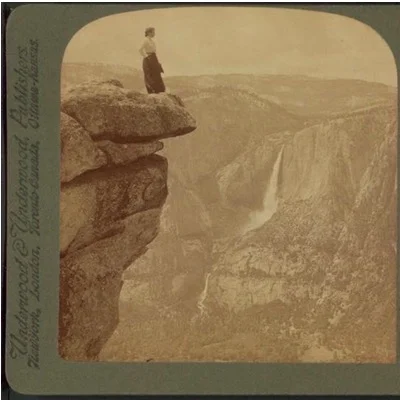Democracy and discipline: Object lessons and the stereoscope in American education, 1870–1920, Early Popular Visual Culture 10:2 (May, 2012), 147-167.
This article explores the use of the stereoscope as a pedagogical medium in the United States from the 1870s to the 1920s as an extension of object teaching, and as a device that asserted a particular visual paradigm on student users. Due to aggressive marketing strategies by firms like Underwood & Underwood and the Keystone View Company, the stereoscope experienced a resurgence of popularity near the end of the nineteenth century, particularly finding application in American schools. This was, in part, because the three-dimensional images that stereographs simulated could be used in the popular nineteenth-century pedagogical method of the object lesson. Analysis of the marketing and pedagogical materials that surrounded the stereograph in the classroom demonstrates the fidelities that its use bore to the methods and objectives of object teaching, and reveals educators’ and social scientists’ efforts to endorse the stereographic image’s properties as realistic to legitimize its work in education. These efforts suggest an ambivalence toward the educational use of a visual medium previously associated primarily with entertainment, and lay bare prevailing attitudes toward work and play in nineteenth-century educational thought. The stereo- scope thus extended the reaches of the object lesson, and balanced amusement and instruction. While deployed in order to provide students with more direct sensory impressions, however, the stereoscope functioned as a disciplinary agent, providing highly structured and mediated encounters with the visual world. In this respect, it became a disciplinary tool capable of shaping children’s visual habits and structuring their fields of vision.
